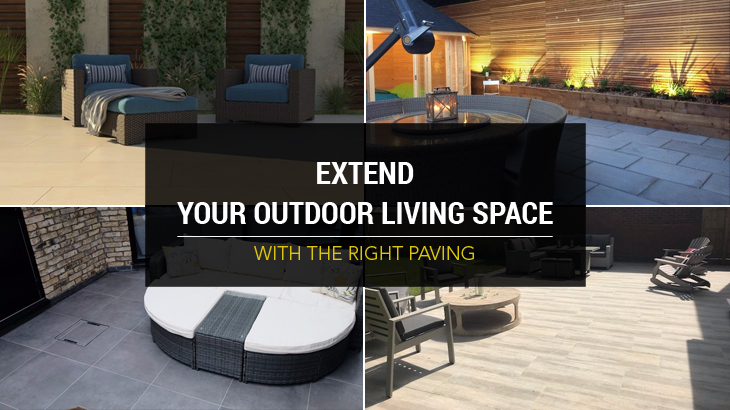When you choose the perfect paving, one that complements the trees, bushes, flowers, and herbs flourishing and thriving in your garden, you can transform your garden into your paradise where you can walk and commune with nature.
However, it can be overwhelming to choose the right paving as there are so many different types. Thankfully, once you understand the basic features of different types of paving, you will be in a better position to choose the right one for a garden path, patio, or even the driveway.
Sandstone Paving
If you are looking to give your outdoor living space a more contemporary look and feel with a touch of traditional warmth, you shouldn’t think twice about installing Indian sandstone paving. Made from natural sandstone, this paving is available in a multitude of hues. The earthy tones of brown, sandy, yellow, and beige are striking and eye-catching and will envelop your garden in artistic modernity that will win many compliments.
Granite Paving
Granite is extremely durable and you will find that it does not wear very easily. Hence, it is the perfect choice for garden pathways and patios. You can easily install granite patio slabs that offer the right traction to footwear, making it one of the best paving options if you have kids and seniors around. These slabs are large and available in hues of pink, black, and grey. Come with a creative layout for the granite slabs and you will immediately find your garden transformed.
Slate Paving
If you are looking to include the stunning shade of nature in your garden, you will love slate paving. They are available in a range of amazing shades, including blue-black, grey-green, copper, and black. This paving is soft and hence, it is easy to shape and create a design that you like along the pathway or on the patio. It is prudent to remember that slate paving is soft and absorbs moisture. As a result, it can break and get damaged easily. It is advisable to seal the slate slabs after laying them so that they do not sustain moisture-related damage.
Limestone Paving
If you want to give your outdoor living space an enviable finish, opt for limestone paving. It has the consistency of manufactured stone but offers the finish of a natural stone. Another advantage is that limestone is easy to manipulate and creates awe-inspiring designs. The only issue you will face is the constraints in the color. Unlike granite or sandstone paving, you will not find limestone paving in a kaleidoscope of colors. Also, remember that lime is an alkali and hence, it should not be exposed to any acid. After laying limestone paving, seal it to ensure it does not come in contact with harsh acidic chemicals.
Granite Setts
There is no need to get confused looking at this name. Granite setts are used as block paving to create a dazzling look and feel in the garden. You can create some of the most amazing designs in your garden with this paving and you can rest assured that your garden will turn into cynosure for all eyes. The royal silver grey color or the majestic charcoal black will give the right touch to your outdoor living space.
Paving is a great way to extend the indoors to the outdoors. Or, you can use paving to create the perfect transition from indoors to outdoors. So, if you haven’t thought of it, you are missing out on a lot. Select the best paving for your needs from this list and decorate your garden and patio, so that they look trendy, stylish, and chic without losing their functionality and practicality.
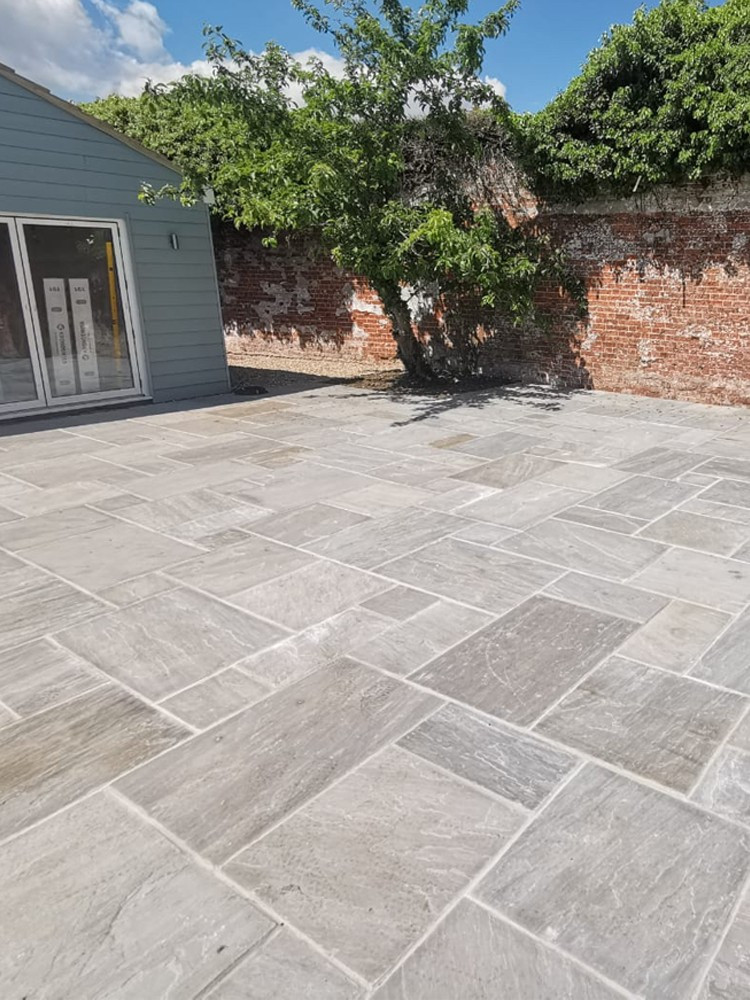
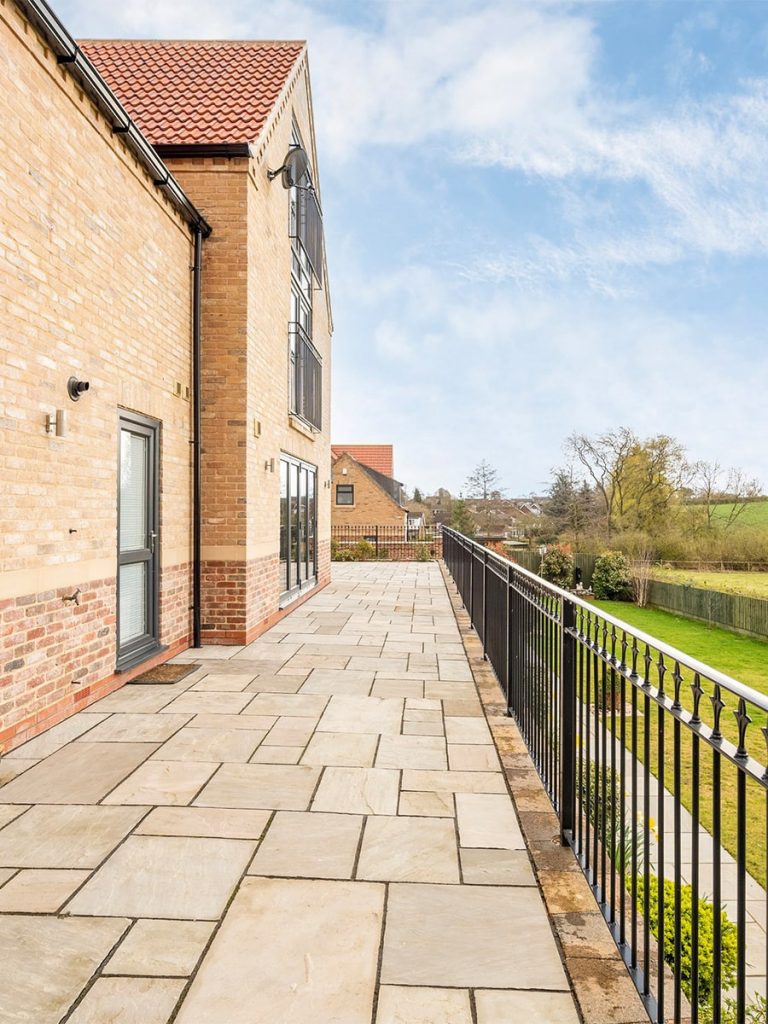
Our collection of high-quality natural stone paving includes Kandla grey Indian sandstone, sawn sandstone, granite, limestone, marble, and slate belonging to various patterns and designs at Royale Stones.
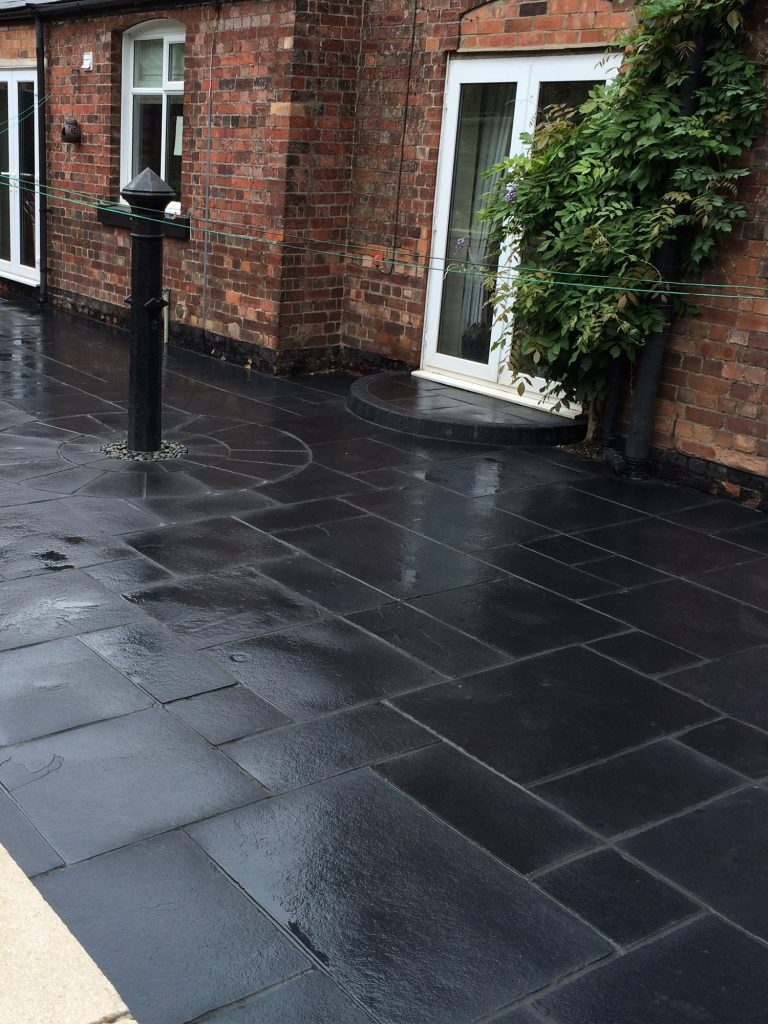
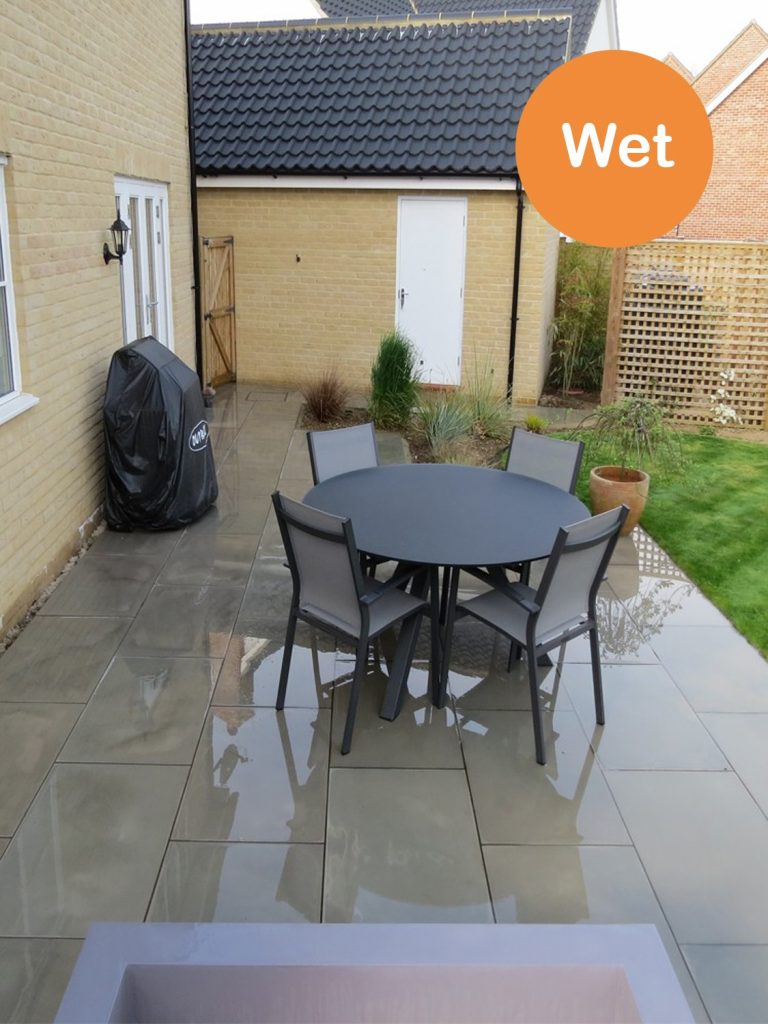
Our Range of Granite Setts.
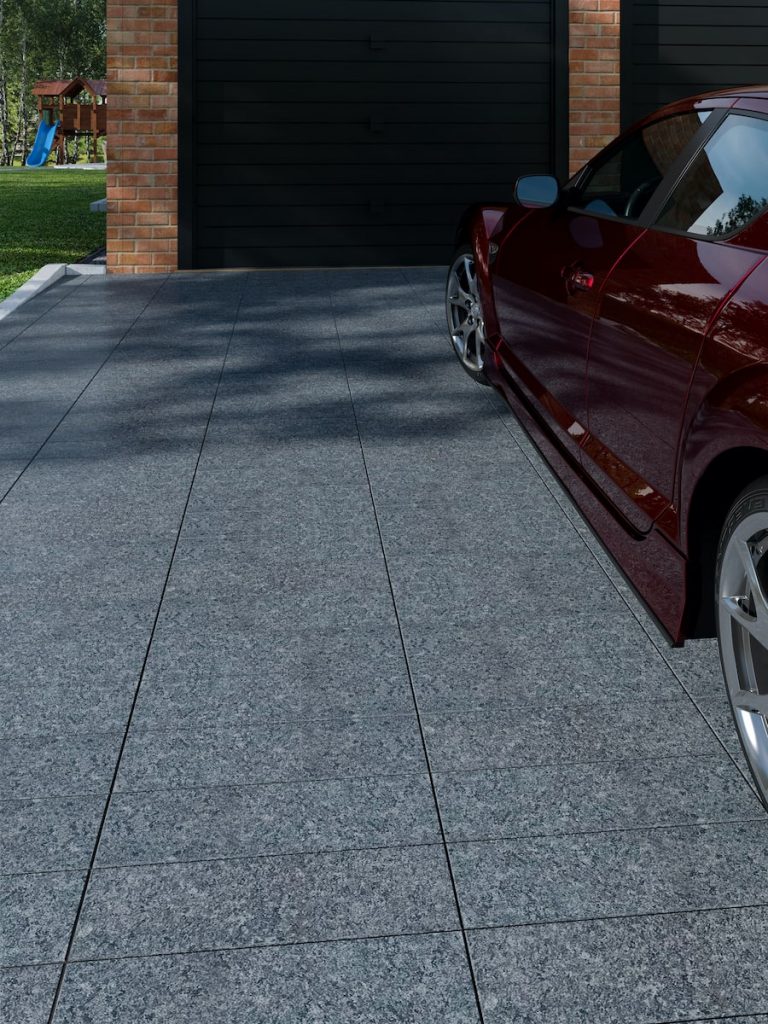
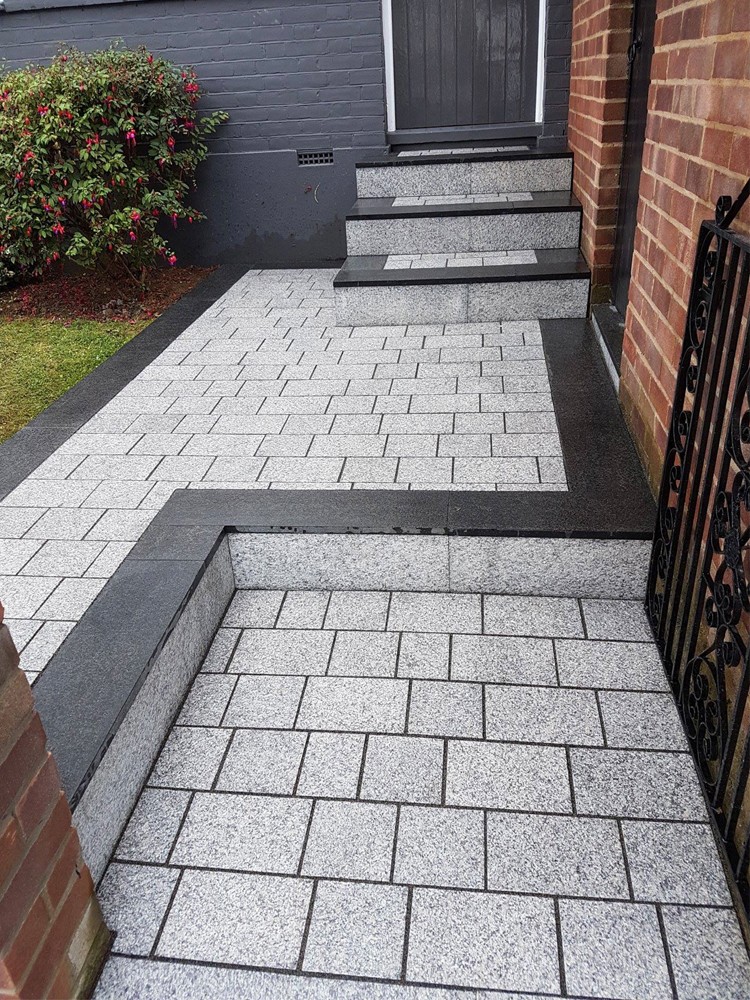
FAQs (Frequently Asked Questions)
Q-1 What are the installation requirements for different types of paving materials?
Ans- Installation requirements for different types of paving materials vary based on factors such as material composition, surface area, and intended use. Generally, installing paving materials involves preparing the ground, ensuring proper drainage, and applying a suitable base material like gravel or sand. Each material may have specific requirements regarding base thickness, compaction, and joint spacing. For example, natural stone may require a thicker base compared to concrete pavers to support its weight and prevent shifting.
Q-2 Are there specific maintenance tips for maintaining the quality and appearance of the chosen paving material?
Ans- Specific maintenance tips for maintaining the quality and appearance of paving materials depend on the material used. Common maintenance practices include regular cleaning to remove debris, stains, and moss growth. Sealing is recommended for porous materials like natural stone to protect against water absorption and staining. Additionally, repairing damaged or uneven surfaces promptly helps prevent further deterioration and ensures safety. Consulting manufacturer guidelines and considering local climate conditions can provide tailored maintenance recommendations for optimal results.
Q-3 How do different weather conditions affect the durability and longevity of various paving options?
Ans- Different weather conditions affect the durability and longevity of various paving options differently. For instance, extreme temperatures can cause expansion and contraction in concrete, leading to cracks over time. Freeze-thaw cycles may damage certain materials like traditional brick pavers. Porcelain and natural stone tend to withstand temperature fluctuations and moisture better, making them suitable for diverse climates. Proper installation techniques and regular maintenance help mitigate weather-related wear and tear, preserving the integrity and longevity of outdoor paving.
